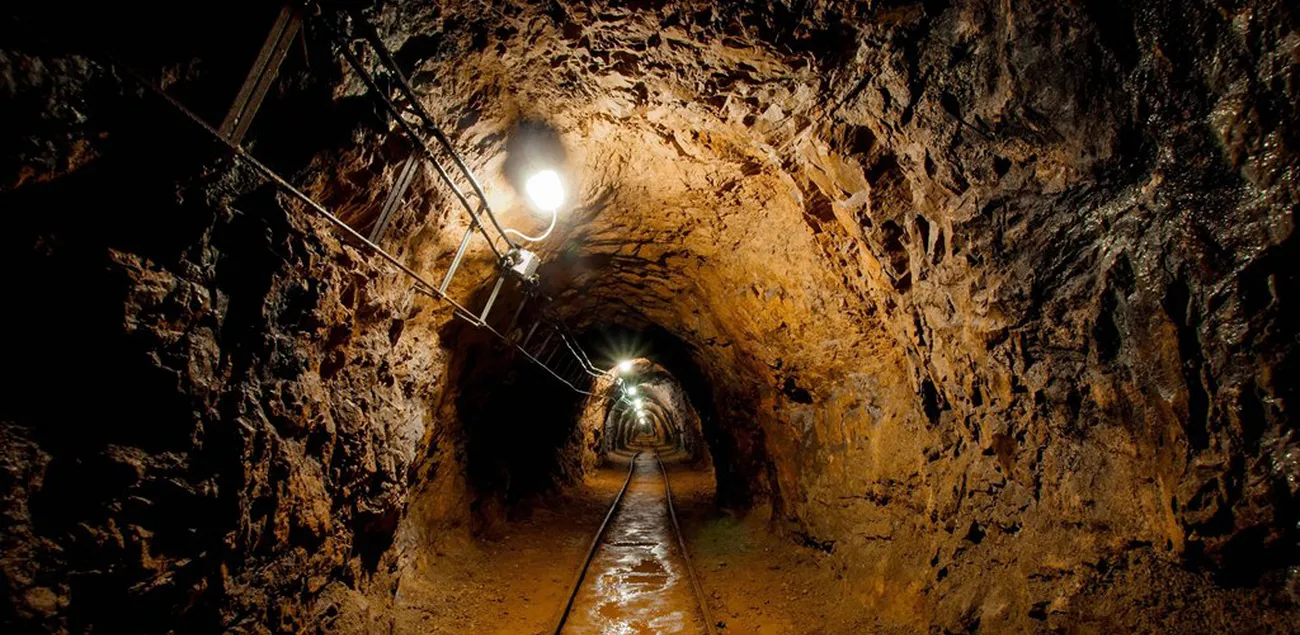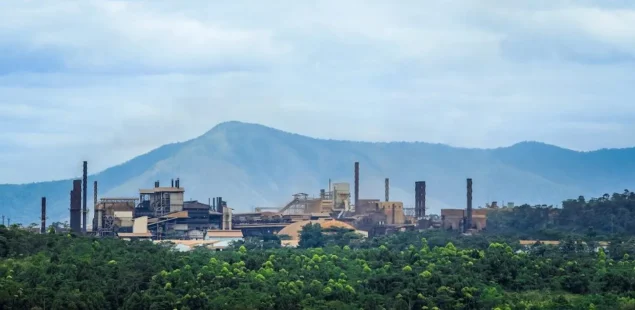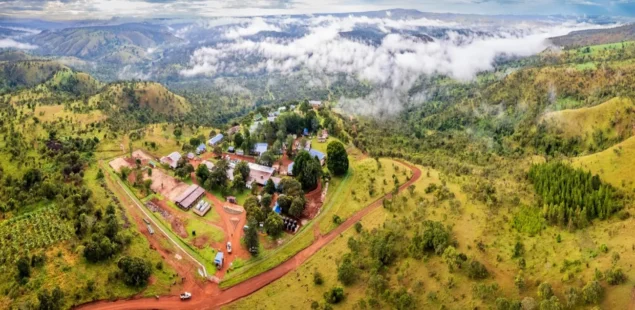
Uganda’s Ministry of Energy and Mineral Development, led by Minister Ruth Nankabirwa, has launched comprehensive reforms to the country’s mineral licensing system aimed at addressing bureaucratic bottlenecks and transparency issues that have constrained investor confidence in the East African nation’s mining sector. The initiative, supported by a €6.2 million ($6.6 million) European Union and German cooperation project, emphasizes digitalization of licensing processes and enhanced regulatory oversight as Uganda seeks to increase mining’s contribution to GDP from under 1% to 10% by 2030.
Digital Transformation Addresses Systemic Inefficiencies
The Sustainable Development of the Mining Sector in Uganda project, launched in March 2025, targets elimination of illegal mining operations while creating a comprehensive database of the country’s estimated 300,000 artisanal miners, 50% of whom are women. The digitalization effort encompasses mining activities across key regions including Karamoja, Mbarara, and other mineral-rich areas to establish reliable tracking systems for regulatory authorities and tax collection purposes.
Uganda currently ranks 68th out of 86 countries in mining investment attractiveness according to the Fraser Institute’s Annual Survey of Mining Companies, highlighting the urgent need for regulatory improvements. The digital mining cadastre system aims to reduce licensing approval times, enhance transparency, and eliminate revenue losses from undocumented artisanal operations that have historically operated outside formal regulatory frameworks.
Kilembe Copper Mine Revival Demonstrates Reform Impact
The successful revival of the historic Kilembe copper mine by Sarrai Group and Nile Fibreboard represents a tangible outcome of Uganda’s improved investment climate. The project, formalized through Uganda’s first mineral production sharing agreement in March 2025, targets production of copper cathodes and cobalt metals from estimated reserves of 4 million tonnes of ore containing 1.98% copper and 0.17% cobalt.
The Kilembe mine, which operated from 1956 to 1982 before closure due to declining commodity prices and political instability. The redevelopment includes assessment of the Mubuku I Hydropower Station to support energy requirements, with the Uganda National Mining Company holding a 15% equity stake in the revived operation.
Regional Competition Drives Reform Urgency
Uganda’s mining sector reforms occur within a competitive regional environment where neighboring countries have implemented successful strategies to attract international investment. Tanzania has implemented mining sector reforms through regulatory streamlining and transparency improvements, while Kenya lifted a four-year mining license moratorium in 2023 following ministry reorganization.
The Mining and Minerals Act, 2021 provides the legal framework for Uganda’s transformation, introducing tax breaks for mineral exporters, duty exemptions for mining machinery imports, and requirements for local value addition before export. However, implementation has faced delays due to capacity constraints and the need for extensive stakeholder consultation across the sector.
Critical Minerals Strategy Targets Global Market Positioning
Uganda’s mineral endowment includes substantial deposits of lithium, cobalt, and rare earth elements concentrated in the Karamoja region, positioning the country to benefit from growing global demand for critical minerals essential to renewable energy technologies. The government has allocated resources for infrastructure development in Karamoja, including roads and power supply improvements to enhance operational efficiency and investor confidence.
Rising global demand for critical minerals, particularly lithium for electric vehicle batteries and cobalt for energy storage systems, has created opportunities for Uganda to establish itself as a strategic supplier. However, the country faces competition from established producers in the Democratic Republic of Congo, Zambia, and Zimbabwe, which have attracted billions in Chinese investment for mining infrastructure development.
Implementation Challenges Constrain Timeline Achievement
The ambitious target of increasing mining’s GDP contribution to 10% by 2030 faces significant implementation challenges including limited technical capacity within government institutions, infrastructure constraints in remote mining regions, and the need for substantial capital investment in regulatory systems. The Ministry of Energy and Mineral Development has limited specialized staff with expertise in digital systems development and modern mining sector regulation.
Capacity building initiatives supported by international development partners including GIZ Uganda and the European Union provide technical assistance, though successful reform requires sustained political commitment and adequate financing for system development and staff training. The €6.2 million SDMU project timeline extends through September 2027, indicating the complexity of comprehensive sector transformation.
Artisanal Mining Formalization Presents Opportunities and Risks
The digitalization initiative targets formalization of Uganda’s extensive artisanal mining sector, which operates largely outside regulatory oversight and contributes minimal tax revenue despite significant production volumes. Formalization efforts include organizing artisanal miners into cooperatives, providing training on sustainable extraction methods, and establishing aggregation centers to ensure fair market pricing.
However, formalization faces resistance from informal networks that have historically controlled artisanal mining operations, while the transition requires substantial investment in training, equipment, and regulatory infrastructure. Success depends on effective community engagement and demonstration of tangible benefits for artisanal miners who may view formalization as increased government interference.
Company Background and Market Context
Uganda’s mining sector includes both artisanal operations concentrated in gold, tin, and tungsten extraction and emerging commercial projects targeting copper, cobalt, and critical minerals. The sector’s limited industrial development reflects historical focus on agricultural exports and recent emphasis on oil and gas development, though government policy has shifted toward mining as a key economic diversification strategy.
The Ministry of Energy and Mineral Development operates as the primary regulatory authority, working with the Uganda Investment Authority and local government institutions to coordinate sector development. Recent organizational changes have emphasized transparency, stakeholder engagement, and alignment with international best practices for mining sector governance.
East Africa’s mining sector has attracted substantial international investment in recent years, with major projects in Tanzania, Kenya, and Ethiopia demonstrating the region’s mineral potential. Uganda’s reform initiative reflects broader trends toward regulatory modernization and investor-friendly policies designed to capture greater economic value from mineral resources while ensuring environmental and social sustainability.



